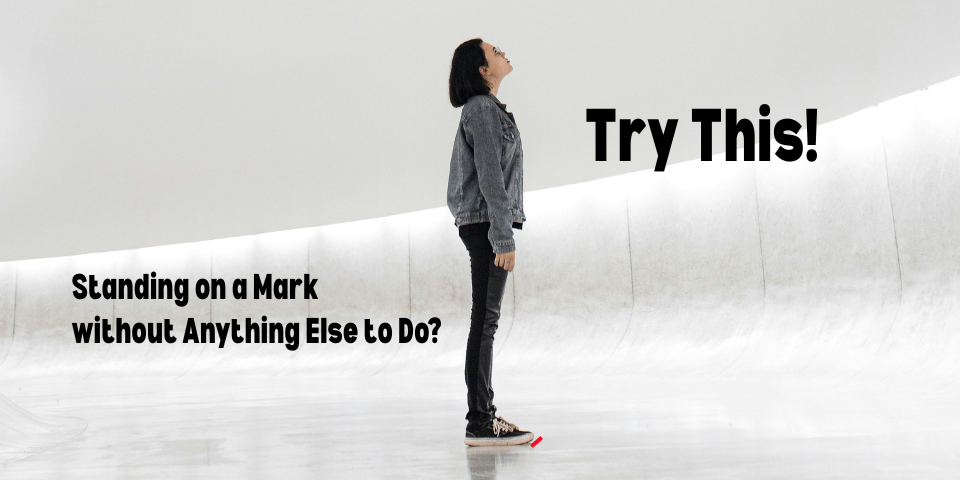The bulk of the stand-in’s work is in front of the camera on set. As a member of second team, you’re used to set up the lights and the camera, and to demonstrate the actor’s blocking and body positioning. But when first team arrives to set, you disappear.
In many cases, then your responsibilities as a stand-in are off-camera: near the monitors, watching the takes for changes in the blocking. It is these changes that you usually should know when you are called back onto set for another setup.
However, for a production that does numerous takes of actors whose blocking doesn’t significantly change, watching the monitors for every take can become an exercise in futility, especially when working on a production that doesn’t demand much detail from stand-ins. Rather than become a lazy stand-in, you can prepare yourself for stand-in work later in the day during those times when your attention doesn’t need to be hyperfocused on the monitors.
“What’s Next?”
You might not always be in the know about what’s next to do on a shoot, but you might have a sense. “Is next up another setup of the same scene, or will next up be rehearsal of a new scene?” This question may help get you to think about what you might need to do to prepare for the next scene, and how much time you might need.
For example, if the next scene is at another location, you may need to spend this time gathering your things to prepare for a move. If the next scene requires new color cover, you may want to make sure you have it available. Getting jumps on these tasks helps to make production run much more smoothly but also makes your work easier and less stressful for when you’re needed.
“Whom Am I Standing in For?”
If you’re a utility stand-in and it’s not always clear for whom you’ll be standing in, spend this time to find out which character will be yours to follow in the next scene. This may mean you have to ask the background P.A. or possibly the 2nd 2nd A.D.
“Have I Read the Next Scene?”
If you haven’t read the next scene, it might be a good opportunity now to give it a read before the rehearsal of the scene. Knowing the scene on paper may help you to take notes on the sides during the rehearsal, so that you can better plot the timing of lines to blocking. The better you know the scene, the better you’ll be able to take in information during the rehearsal.
“What’s the Advance Schedule Look Like?”
If a preliminary schedule is floating around set, you might have an opportunity to look at it. If you do, you may be able to figure out some general information on the shoot schedule over the next couple days. You also might get a sense of the crew calltime and your calltime. These things are subject to change, but when you’re not required to look at the monitors, looking at the advance may be a helpful professional pursuit in the meantime.
Overall, Think Ahead
In general, it helps to think ahead and prepare when you’re working as a stand-in. As a result, you’ll be better able to respond to variables that change in production at a given moment. Time when you don’t have to watch the monitors may spell downtime for you, but sometimes that downtime could be used better, to your professional advantage.
When do you find you don’t need to watch the monitors? What do you do during those times? Share those thoughts below!






Leave A Comment